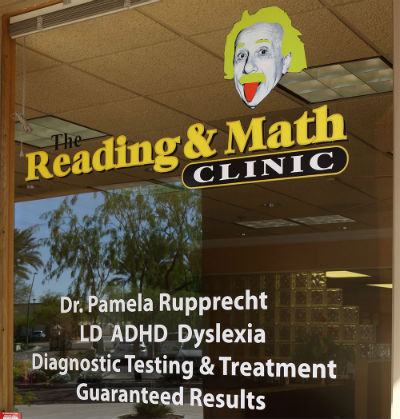1. Teach your child the rules of the English language.
Here are a few examples:
Two Vowels Go Walking. When two vowels go walking, the first one does the talking. That’s why E-E and E-A both say “ee,” O-E and O-A both say “oe” and A-E, A-I, and A-Y all say “ae.”
The ‘E’ Rule. An E at the end of a word, jumps over, hits the previous vowel on the head and says, “Say your name in the alphabet!” (Teach with “tap” and “tape.”)
The ‘C’ Rule. When a C bumps into an E, I, or Y it says “sss,” but when it bumps into anything else, it says, “k” (kuh). (Example: cent, city, cyst vs. cat, cop, class.)
The ‘G’ Rule. When a G bumps into an E, I, or Y it can say “j” (juh), but when it bumps into anything else, it says “g” (guh). (Example: gem, giant, gym vs. goat, gray.) Have students repeat the appropriate rule each time they forget to apply it in a word. This cements the rule in their mind. There will be exceptions to every rule, but they will apply most of the time.
2. Use magnetic letters to read and spell words.
Being able to see and feel individual letters improves a student’s ability to break words into parts. When reading, make sure your child touches each letter while saying its corresponding sound, then smoothes the sounds while running a finger under the word. Small tiles with letters on them can also be used. (Ceramic tiles from a home improvement store work well. Write letters on them with a permanent marker.)
3. Encourage verbalizing while spelling.
Some teachers frown on letting young people talk during spelling tests, but verbalizing sounds can help students immensely. Have students say each individual sound as they write down its corresponding letter(s). Then, they should underline or “track” the finished word letter by letter while reading it aloud to make sure they have spelled it correctly. (What they see should agree with what they say.)
4. Teach ALL vowel sounds.
There are more sounds than just A, E, I, O and U. To name a few, teach that O-U and O-W say “ou,” O-I and O-Y say “oy,” and A-U and A-W say “ah.”
5. Help build your child’s word memory.
Put frequently missed words on 3×5 cards and flash them daily. Make sure the words are common. Do not waste your time flashing words the student will seldom see.
6. Practice rhyming words.
Research has shown that many students who have difficulty reading also have poor rhyming skills. Rhyming practice can improve a student’s ability to discriminate sounds in words.
7. Teach prefixes and suffixes.
Some prefixes and suffixes occur over and over again in English. If a student can memorize them, they won’t have to sound them out every time they encounter them. Here are five basic prefixes and suffixes to teach students.
Prefixes: com (complete), re (reduce), dis (disrupt), per (perform), pro (produce)
Suffixes: tion (station), ture (future), cious/tious (spacious), ing (falling), -y (happy)
Tip: Pick the right books.
When choosing a book for your child or student to read, make sure it is at an appropriate level. The student should be missing two to five words per page. As a general rule, if they’re missing less, it’s too easy. If they’re missing more, it’s too hard.
8. B vs. D — teach this secret!
Many students mix up B and D. Here’s a hands-on way to help students tell them apart:
Put your palms up and make a fist with each hand.
Then put your fists together so the right-hand knuckles are touching the left-hand knuckles.
Stick your thumbs up in the air. Your hands should resemble a bed with the headboard being the left thumb and the footboard being the right thumb. The left fist is in the shape of a “b” and the right fist is in the shape of a “d.” When a student is unsure of one of the letters, encourage them to “make their bed” with their fists.
9. Read, read, read.
Make sure your child is reading aloud to an adult 30 minutes each day. Practice is essential for improving fluency.

The E Rule
The E Rule
The C Rule
The C Rule
Two Vowels Go
Walking Rule
Two Vowels Go
Walking Rule


CONTACT US TODAY FOR
A FREE SCREENING
Free Dyslexia Screening by appointment only
WHAT: Reading screening for children ages 5 to 15 for reading processing deficit
WHEN: Monday through Thursday
WHERE: The Reading Clinic
1840 E. Warner Road Suite 119
Tempe, AZ 85834
(NE Corner of Warner & McClintock, behind Dunkin’ Donuts)
RSVP: Dr. Pamela Rupprecht
480-456-0500
Participants must register.
Testing takes approximately 25 minutes.
